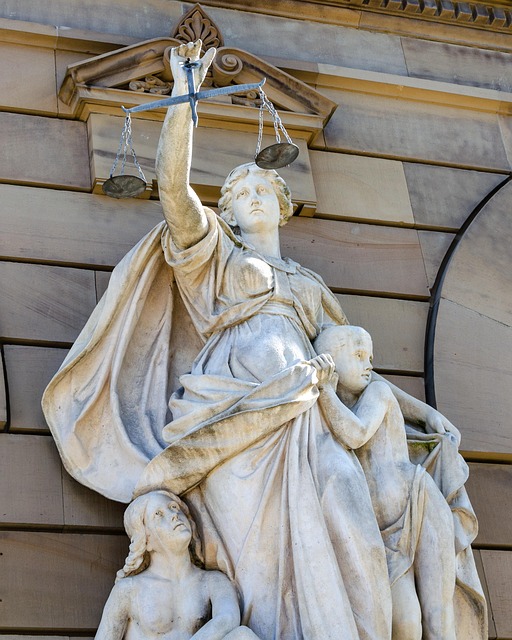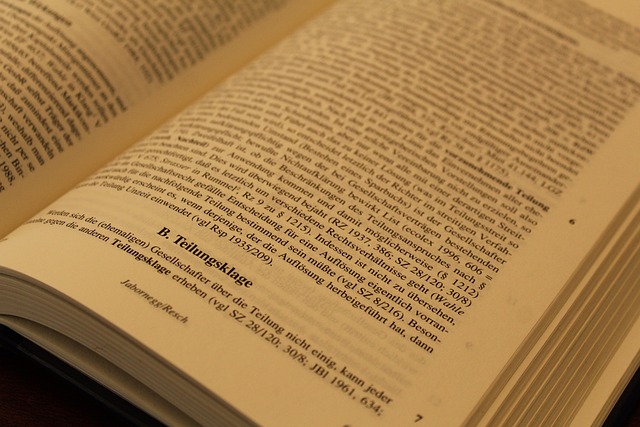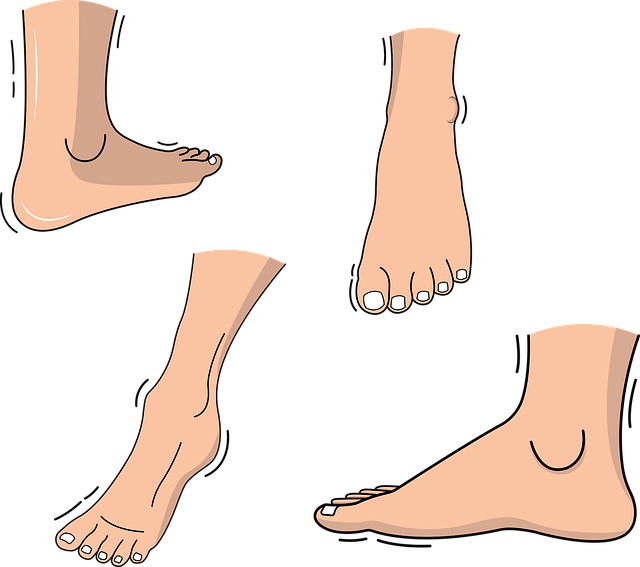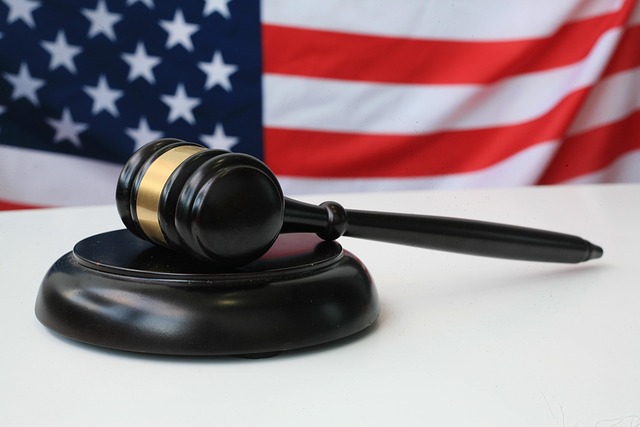“Elderly individuals face a heightened risk of severe slip and fall injuries, emphasizing the urgent need to understand, prevent, and manage these incidents effectively. This comprehensive article delves into the multifaceted issue, exploring critical age-related physical changes, common medical conditions, and environmental hazards that contribute to fall risks. We present effective prevention strategies, including tailored exercise routines, home safety modifications, and regular health checks, offering vital insights for caregivers, healthcare professionals, and the elderly themselves.”
- Understanding the Risk Factors for Elderly Falls
- – Age-related physical changes and their impact on balance and mobility.
- – Common medical conditions and medications that contribute to fall risks.
Understanding the Risk Factors for Elderly Falls

Falls are a significant concern for elderly individuals, as they often lead to severe slip and fall injuries due to multiple risk factors. Age-related changes in physical abilities, such as reduced muscle strength, decreased bone density, and diminished balance, increase the chances of an accident. Additionally, age can bring about changes in vision and hearing, further complicating mobility and awareness of surroundings, making elderly folks more susceptible to falls.
Other contributing factors include environmental hazards like uneven floors, loose rugs, or inadequate lighting, as well as certain medical conditions and medications that affect stability and coordination. Understanding these risk factors is crucial for implementing preventive measures, such as regular exercise to improve strength and balance, proper home safety modifications, and a thorough review of medication side effects.
– Age-related physical changes and their impact on balance and mobility.
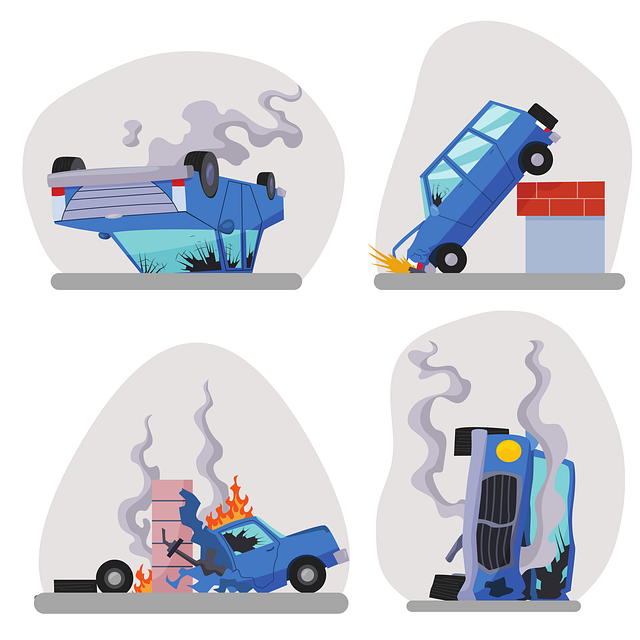
As individuals age, they often experience physical changes that can significantly impact their balance and mobility. This includes a natural decline in muscle strength, flexibility, and bone density, all of which play crucial roles in maintaining stability. Arthritis, osteoporosis, and other age-related conditions may cause stiff joints or reduced sensory perception, making it harder to detect and correct sudden movements or obstacles. These physical changes increase the risk of slips and falls, which can lead to severe injuries among the elderly population.
The impact of these changes on mobility is further compounded by a slowing metabolism and reduced reflexes. Elderly individuals may take longer to respond to unexpected situations, increasing their vulnerability in dynamic environments. This is particularly concerning given that falls are a leading cause of injury-related hospital admissions among seniors, often resulting in fractures, head traumas, and other complications. Understanding these age-related physical changes is essential for implementing preventive measures to mitigate the risk of slip and fall injuries.
– Common medical conditions and medications that contribute to fall risks.
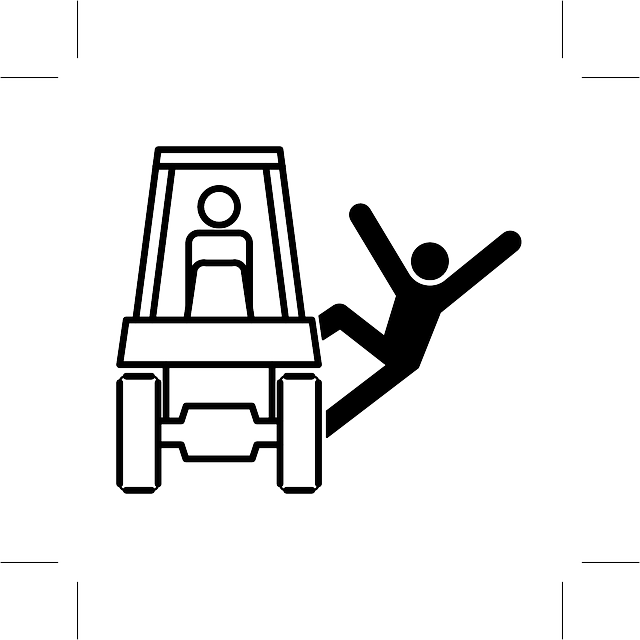
Elderly individuals are often at a higher risk of slip and fall injuries due to various medical conditions and medications they may be taking. Conditions like osteoporosis, arthritis, and balance disorders are common among the aging population and significantly contribute to fall risks. Osteoporosis weakens bones, making them more susceptible to fractures upon a fall, while arthritis can cause stiffness and reduced mobility, affecting an elderly person’s ability to maintain balance.
Additionally, many medications prescribed to seniors have side effects that can impair their physical capabilities and cognitive functions. For instance, certain anti-depressants, blood pressure drugs, and sleep aids may cause dizziness, lightheadedness, or blurred vision, all of which are risk factors for falls. It’s crucial for elderly individuals and their caregivers to be aware of these potential hazards and work closely with healthcare professionals to manage any underlying conditions and adjust medication regimens as necessary. This proactive approach can help mitigate the risks associated with slip and fall injuries, ensuring a safer and more secure environment for the elderly population.
Elderly individuals are at a heightened risk of fall injuries due to age-related physical changes and various medical conditions. By understanding these risk factors, we can take proactive steps to enhance balance and mobility, adjust medications where necessary, and create safer living environments. Preventing slip and fall injuries among the elderly is not just about caution; it’s about ensuring their overall well-being and independence as they age.
